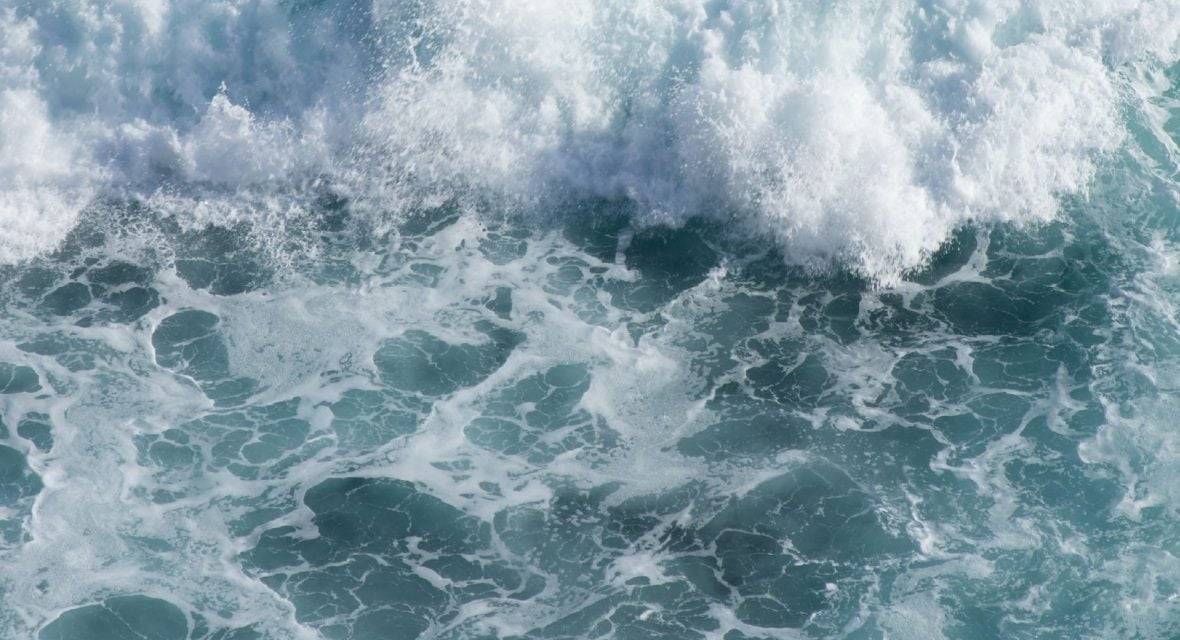Scientists at Woods Hole Oceanographic Institution have pushed back a geoengineering project that involves dumping more than 60,000 gallons of sodium hydroxide into the Atlantic Ocean from mid-September until next summer after the National Marine Fisheries Service (NMFS) expressed concerns, the Boston Herald reports.
The loss of availability of a fully-equipped research vessel is the reason the Falmouth, Massachusetts-based scientists gave for the delay. However, they announced the postponement on Aug. 14, two days after NMFS published a warning that the project could “adversely affect federally-managed species and other NOAA trust resources.”
Roughly 35 federally managed species have designated “essential fish habitats” that intersect with the vicinity of the first phase project area, according to the Environmental Protection Agency (EPA), which has tentatively determined to issue two research permits.
The experiment, called the LOC-NESS project, short for “Locking away ocean carbon in the Northeast shelf and slope,” consists of two phases. The first phase would involve dumping 6,600 gallons sodium hydroxide solution and freshwater into the Atlantic, temporarily changing the water’s chemistry – increasing carbon dioxide levels that the ocean absorbs. The scientists say it’s an effort that could be a way to slow climate change in the long run.
The release of the solution would occur over two to three hours to “create a patch of alkalinity on the ocean surface and then monitored for up to 5 days by an on-site scientific research team,” according to project documents.
The first part of the experiment is to take place roughly 10 miles south of Normans Land, an island off of Martha’s Vineyard. In the second phase, pushed back to 2026, scientists would dump up to 66,000 gallons into the Wilkinson Basin, nearly 40 miles northeast of Provincetown.
Within 2 minutes of the initial release of the alkaline solution, pH would return to levels within federally recommended water quality standards for saltwater aquatic life, the scientists have advised.
The EPA has agreed with Woods Hole’s assertion that the project would not harm the ecosystem. However, in a July letter to the EPA, published online last week, NMFS disagreed, raising sharp concerns on potential impacts.
“Although the spatial and temporal scale is relatively small,” the letter states, “the proposed experiment has the potential to injure or kill all life stages of federally-managed species (especially planktonic egg and larval stages) that may occur in the action area during the first few minutes after the NaOH deployment.”

